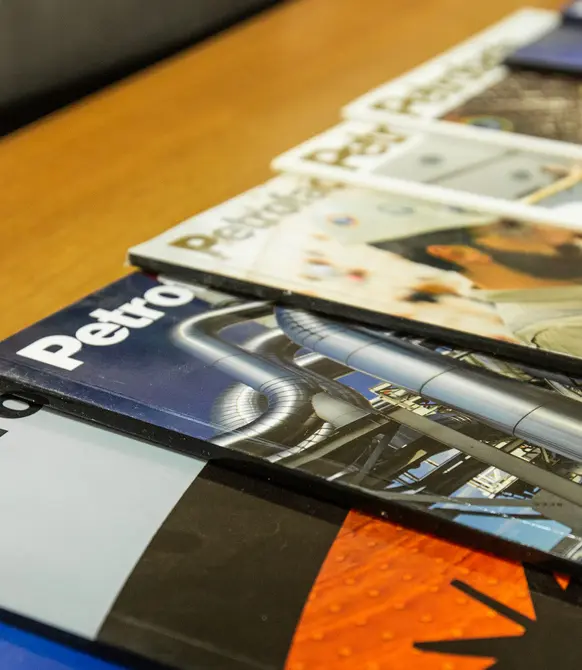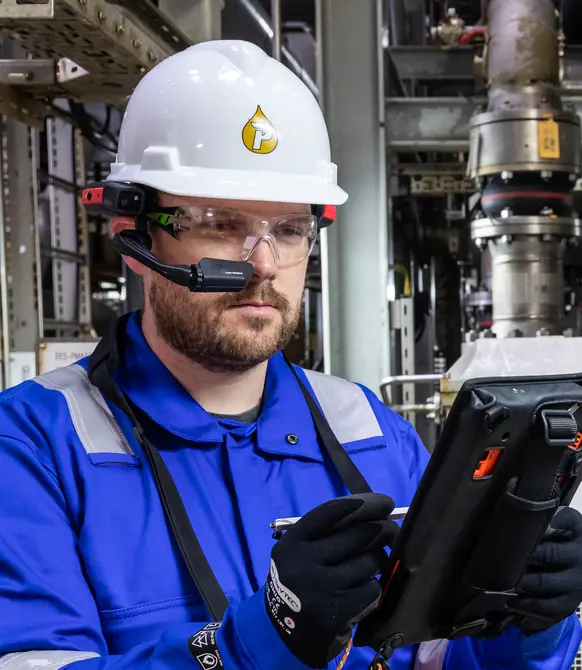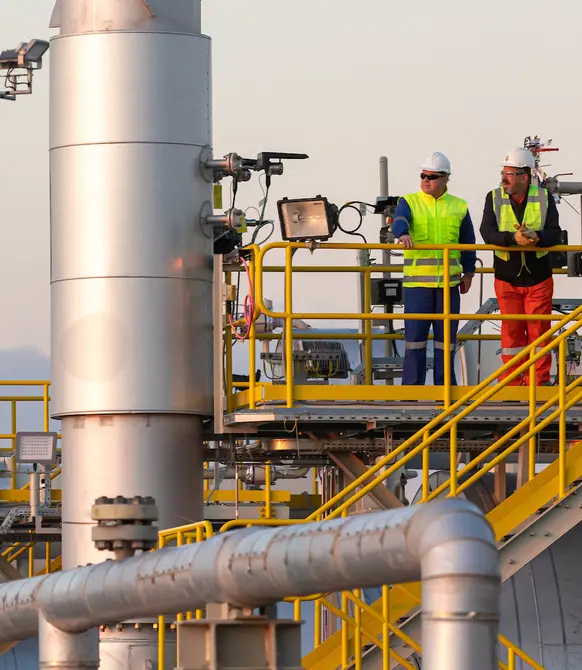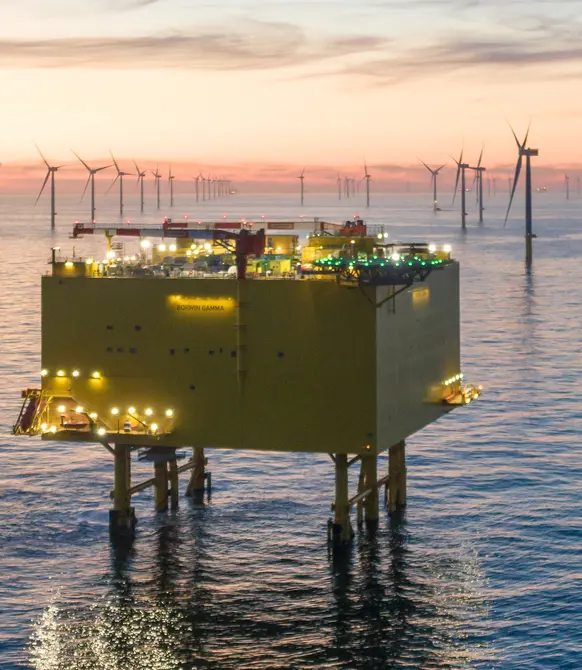06 February 2015
A Day in the Life of a Survival and Marine Instructor
Brian Mair, from Petrofac Training Services, tells us about a day in the life of a Survival and Marine Training Instructor.
Title: Brian Mair
Age: 52
Job Title: Survival and Marine Instructor

My morning
I arrive down at the Petrofac Training Marine Quay base shortly before 8 am. The first priority is looking into the weather forecast to see what the conditions are likely to be, including the river and sea state. We are lucky in that we lose very few days to bad weather because we have access to the sea one way and the river the other but it pays to be prepared.
It’s then time to get kitted up in our survival gear followed by preparing the boats. We check the fuel, engine oil, water and kits on board. Should anything be a miss, we have the maintenance department conveniently located next door.
We offer 13 different courses and a busy week can see us train nearly 300 delegates from this site alone. We work with standard life boats, which we launch as part of the Basic Offshore Safety Induction and Emergency Training (BOSIET) course, and fast rescue crafts (FRCs) for the standby and shipping industry. On a Monday morning, the team of 12 finds out which courses we are responsible for that week, including the numbers we are training. The courses are rotated each week so boredom never kicks in; plus it ensures our skills stay live and fresh.
Classes begin promptly at 8.30 am and are classroom and outdoors-based. I can take care of the Basic Offshore Lifeboat Coxing course which runs for a total of four days. So, firstly, we have to enrol everyone, explain the basics of the course, as well as the responsibilities of a cox and the equipment involved (personal protective equipment, life jackets etc).
External and internal checks of the fire-proofed boat are next. This includes the most important part of the boat – the internal life support system which provides passengers with that all-important 10 minutes to escape danger.
My lunchtime
Lunch for the delegates tends to last 45 minutes. I tend to just take a quick break before preparing for their first assessment.
My afternoon
Prior to launching the boat, we need to conduct visual checks, both inside and out, front to back. Our courses are very much hands-on. Being competency based, we ensure delegates are fully equipped once they leave us. Many of our delegates have never been on a boat before so it’s also a case of going through how to handle the boat. We cover every element of how it drives - you have to stop the boat using gears and we also go through positioning in a straight line, turning and speed. Being down at the Quay we position ourselves next to ships so it’s great practice.

Training normally finishes at 4.30pm when we have to sign off sheets for each delegate. Our courses are all of OPITO standard so recording is a big part of our role, ensuring we uphold the standards and have the right paperwork for inspections and audits. I really enjoy getting to know the people I train so I will often chat with them afterwards. They tend to come from all over the world and ages range from 16 to 60 so it’s great hearing about their backgrounds and experience in the industry.
My evening
I have been involved with the Sea Cadets since 1980 and I am now the District Officer for Grampian, covering five units (Aberdeen, Bridge of Don, Fraserburgh, Peterhead and Stonehaven). Evenings can see me organise courses and training for the 10-18 year olds and generally ensuring we stick to the rules and regulations expected of us. Four of us at the Petrofac Training Marine Quay work with the cadets – it really does fit perfectly with the day job.








